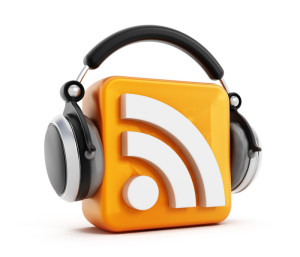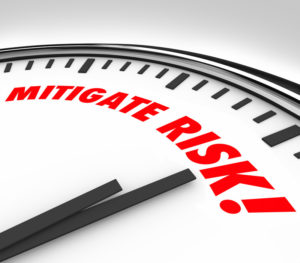My colleague, David Muntz, coined the term “digital dog” this week when he described to our StarBridge Advisors team how my two little dogs are so well informed as they walk with me every day while I listen to  podcasts. I loved the term and the image!
podcasts. I loved the term and the image!
There is so much great content to listen to. I sometimes feel like my little dogs with their short legs trying to keep up with me as I try to keep up with my two favorite podcasts – This Week in Health IT and In the Bubble. Yes, I subscribe to many more, but these are the top two that I keep up with best I can.
This Week in Health IT is three different weekly shows (each approximately 45 minutes long) – Newsday (Monday), Solution Showcase (Wednesday), and Influencers (Friday). And starting this year Bill Russell decided his audience could benefit from another option so he launched a daily news show on a separate channel – Today in Health IT (shorter at 8-10 minutes each).
I agreed to be one of the rotating co-hosts on Newsday this year. My second episode with Bill was this week – Newsday – Drive-Thru Vaccine Distribution, Reaching the Marginalized, and CIO Priorities. The first topic we covered was the UC Health Mass Vaccination Playbook – a comprehensive resource that is worth downloading. Even if you are already doing similar mass vaccine sites, I am sure there is something to learn from their playbook to refine and improve your own operation. Best practice sharing is what we do in healthcare! Check out the podcast to hear all the stories we discussed.
So that’s my plug for the best podcast series to keep up with what’s happening in health IT.
Turning to my other top podcast, In the Bubble. This is how I stay educated on COVID-19 and all things related. Continue reading



